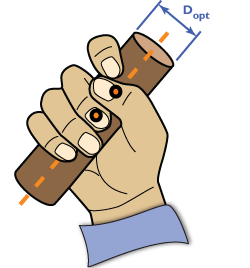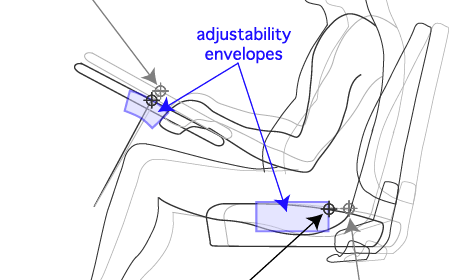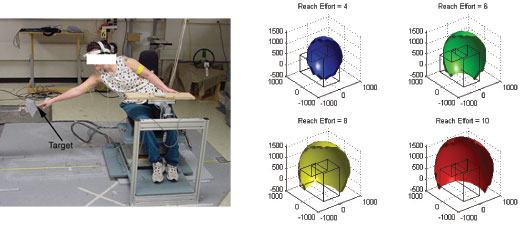
by mbp11 | Aug 30, 2009 | Publications
One goal of Designing for Human Variability (DfHV) is to optimize the interaction between user and device. Often, this interaction is dictated by the spatial dimensions or shape of the artifacts with which people interact. A novel approach that applies DfHV principles...

by mbp11 | Aug 3, 2008 | Publications
Anthropometric data are widely used in the design of chairs, seats, and other furniture intended for seated use. These data are valuable for determining the overall height, width, and depth of a chair, but contain little information about body shape that can be used...

by mbp11 | Sep 10, 2006 | Publications
The National Highway Traffic Safety Administration (NHTSA) recently revised Federal Motor Vehicle Safety Standard (FMVSS) 202, which governs head restraints. The new standard, known as FMVSS 202a, establishes for the first time in the U.S. a requirement for the...

by mbp11 | Sep 24, 2005 | Publications
One important source of variance in the performance and success of products designed for use by people is the people themselves. In many cases, the acceptability of the design is affected more by the variance in the human users than by the variance attributable to the...

by mbp11 | Dec 12, 2004 | Publications
Adaptive design refers to experimental design where the next sample point is determined by information from previous experiments. This article presents a constrained optimization algorithm known as superEGO (a variant of the EGO algorithm of Schonlau, Welch, and...





